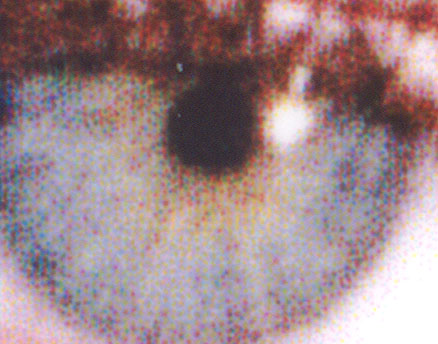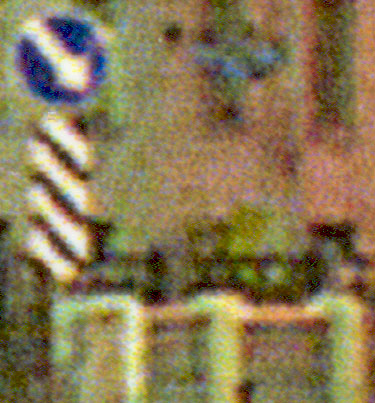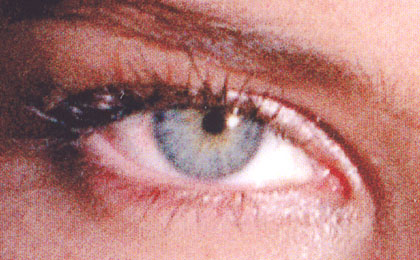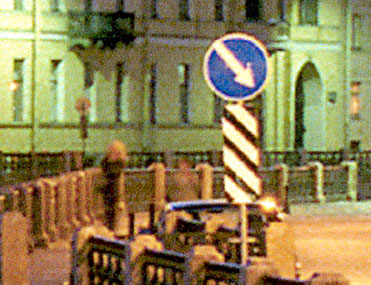We examine some Epson 2100 print samples | ||||||||||
By Ian Burley | ||||||||||
We analyse colour and mono print samples from Epson
Below are some magnified close-ups, in colour, from the new 2100 and also the dye-based 950 A4 model also announced by Epson, plus Canonís S900 dye-based contender. It must be stressed that we arenít able to compare like for like as we havenít been able to produce our own test prints on our own 2100, but itís an interesting enough exercise nonetheless. Has Epson fixed the problems previously endured with pigment ink? Normal viewingBefore we look at the magnified views, it has to be said that viewed in the hand the colour sample print on semigloss paper looked very good. Colours are vibrant, there is little to reveal that itís a digital print. My only word of caution is that itís a sample print and no-doubt the image was selected meticulously to show off the best of the printer. All scans were made using a HP 7450 2400x2400ppi flat bed scanner. Directly below is a thumb nail of our test print modelís right eye close up: | ||||||||||
| ||||||||||
| ||||||||||
|
| |||||||||
Just to make it complete: below are also soe 600ppi samples from Epsonís 895 and a Hewlett-Packard Photoret III based printer:
| ||||||||||
| ||||||||||
| Feedback | Main news page | Discussion forum | Newsletter | Home | | ||||||||||
| ||||||||||
DPN News service
www.dp-now.com
 As there has been so much excitement generated by the recent
As there has been so much excitement generated by the recent 











